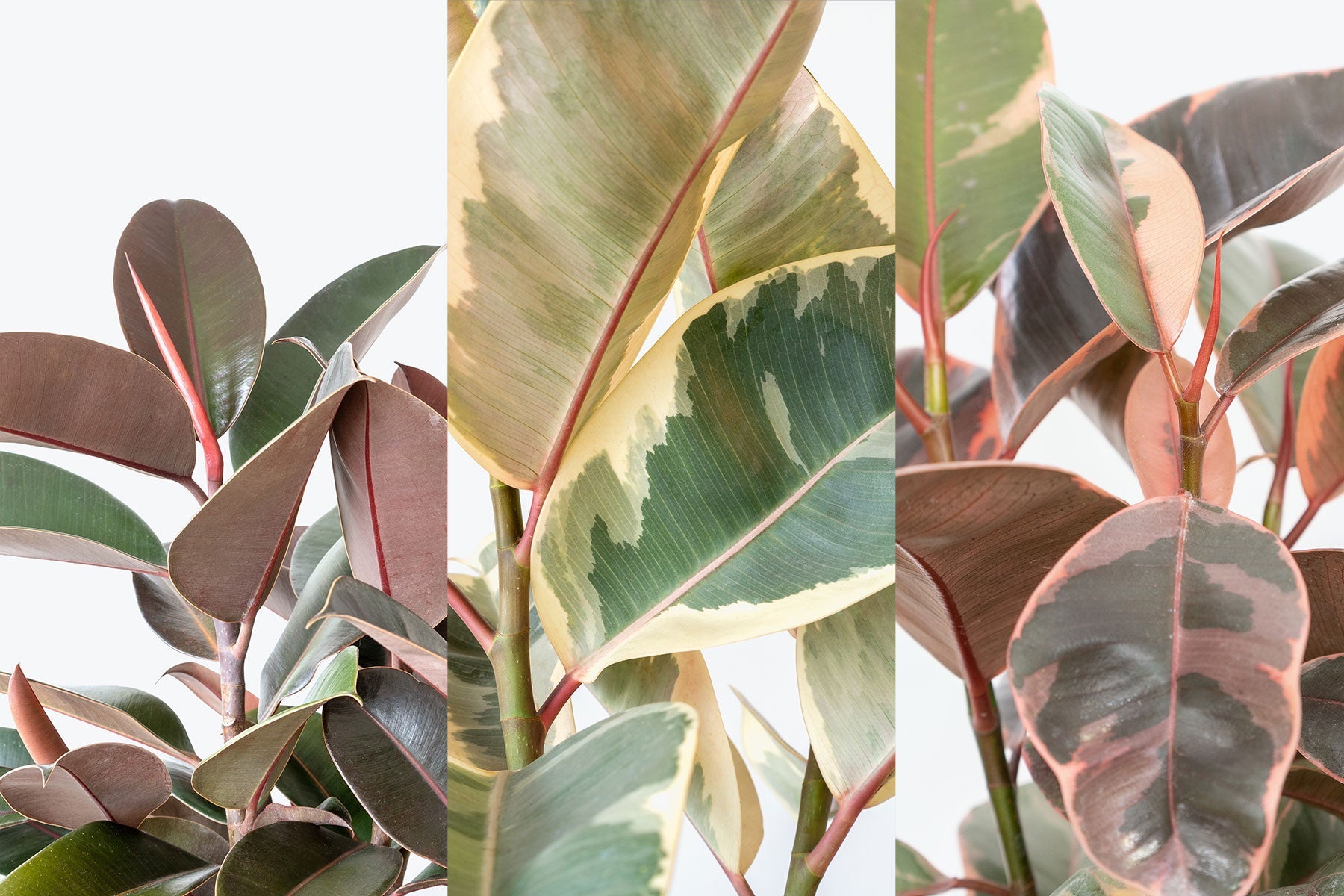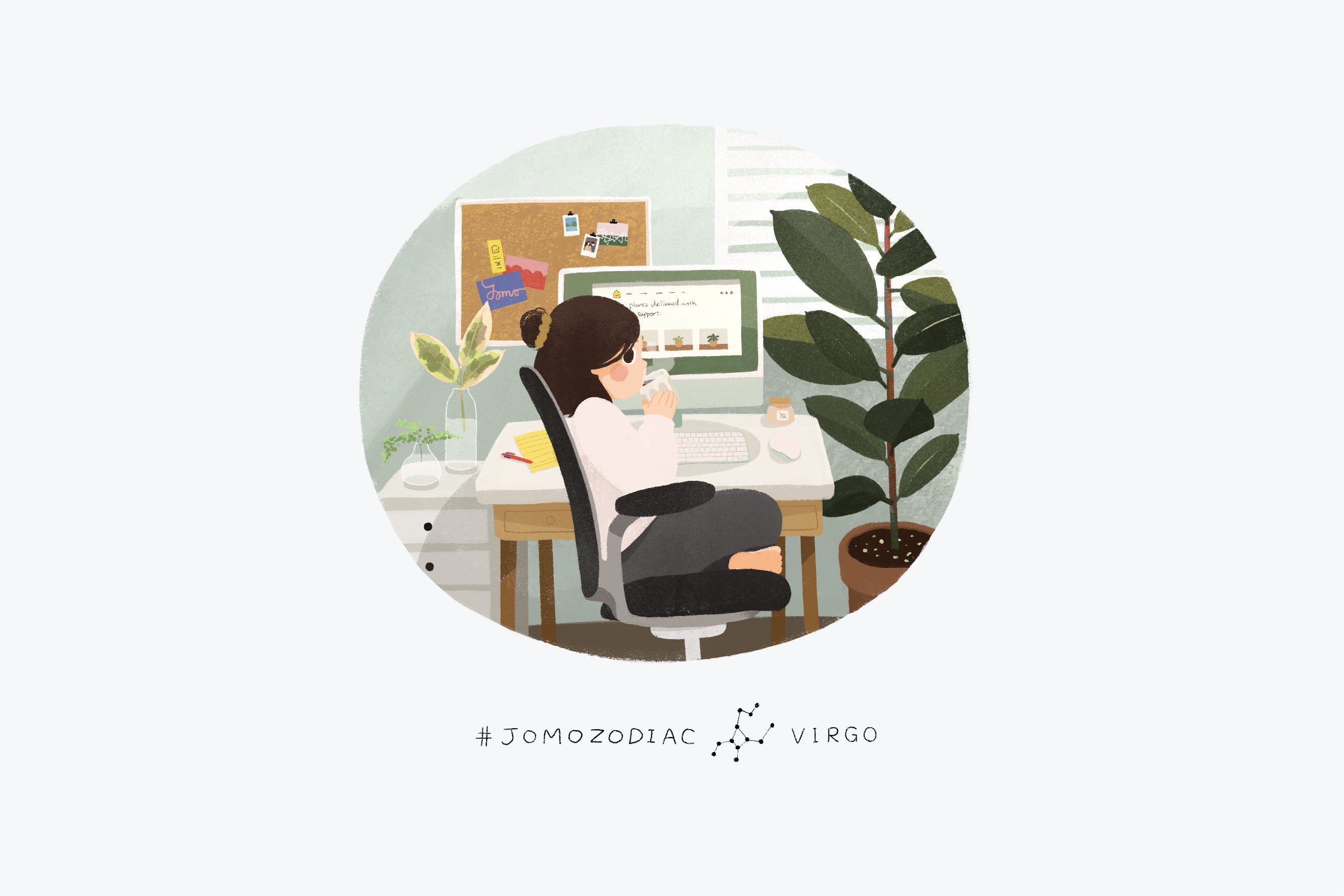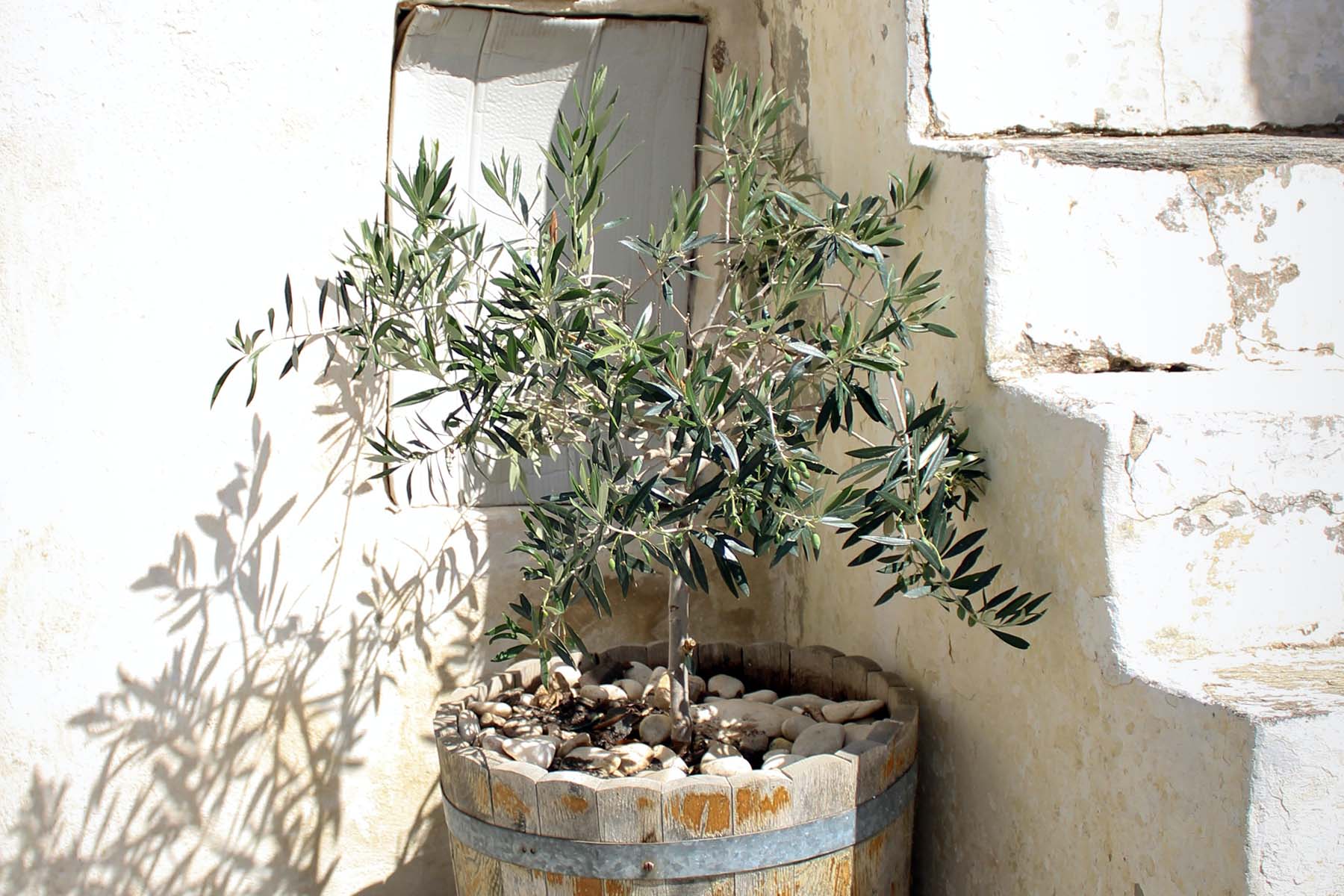
How to take care of your Rubber Plant
Apart from the Ficus powerhouse, the Fiddle Leaf Fig, Rubber trees (or Ficus Elastica) are next in line, in popularity. It’s not hard to understand why, their thick, rubbery leaves are almost succulent-like in nature and their care is much easier than the finicky Fiddle Leaf. Not only that, but they are also extremely beautiful and there is a wide variety of cultivars within the species alone. There is the tried and true Burgundy Rubber plant, which is very easy to care for, all the way to the more particular, yet gorgeous, Ruby Rubber plant, which needs more TLC compared to its siblings, due to the high variegation and colour in its foliage. There is also the Rubber Plant Tineke, where every leaf is like a watercolour work of art!

△ 6" Rubber Plant
The trick to these guys, similar to any other Ficus, is to find a bright spot for them that they love and a care routine that satisfies their needs, then sticking to that. As opposed to other Ficus’, Rubber trees will be slightly more forgiving, not dropping all their leaves and freaking out at the first sign of change. They still need consistency in their temperature, light and watering needs but they will certainly reward you when provided with that. Now let’s get into the specifics of the care they need!
Light Requirements
Rubber plants still need a decently bright spot to thrive, especially any variegated species. When given the proper light, they will grow like a dream and produce beautiful, large, glossy foliage. The lowest light conditions that they can handle would be as follows:
- Directly next to a North-facing window
- A couple of meters back from an East, West, or South-facing window
- Directly next to a South, West, or East facing window that is facing a courtyard or is blocked by a nearby building
Some things to keep in mind if you place your plant in a spot similar to the ones mentioned above: leaves could lose a little bit of their colour as they are adapting to less ideal light conditions than what they were grown in, there could be potential leaf loss, or the branches and stems could look more stretched out (or leggy) as they reach towards the light. This does not mean that your plant has problems or needs help, it is just getting used to lower light levels. You need to have realistic expectations when you are bringing a new plant home from the greenhouse as they will all adjust to the new home that they are in!
Here are some ideal light conditions for you to keep your Rubber plant looking nice and full:
- Next to, or close by, a South, Southwest, or West-facing window that has sheer curtains for some bright, indirect light (keep in mind, they cannot handle too much full sun so the curtains keep the leaves from getting burned by the sun)
- About 3 - 5ft away from a South, Southwest, or West-facing window without curtains
- Next to an East-facing window
- In a further spot as mentioned above but they receive light from a grow light shining directly on them
Given a lot of light, your Rubber plant will grow quite quickly in the growing months, giving you lots of beautiful new leaves.
Plant Tip: Is there root buildup above the soil? Has the plant grown a lot? Does the plant look slightly sad and droopy for no other reason? If so, repot your plant into a pot one size up from its current home, it will thank you later!
To receive a maximum light payoff for your plant, make it a habit to dust or wash off its leaves gently, as the dust gets in the way of photosynthesis as well as being a form of pest prevention. It also keeps your plant looking beautiful and fresh. Rotate your plant every so often to keep its growth looking nice and even, allowing every portion of it to receive light at some point!
Watering Requirements
In the Spring/Summer months, when you notice the top half of soil appears dry, water the plant thoroughly until the water is coming out of the drainage holes. Aerate the soil beforehand so that water reaches the whole root ball. Do not let the plant sit in water as that can encourage root rot, so if the plant is in a decorative pot, ensure all the runoff is dumped out. In the winter months, you can ease up on watering as plants tend to go dormant in our cold weather, waiting until the majority of the soil is dry.
Plant Tip: It is best to use lukewarm distilled or rainwater to water your Rubber Tree. If you don’t have access to this, fill a watering can with tap water and let it sit out for a day, allowing the Chlorine, and whatever other harmful chemicals there are, to evaporate.
One thing to always remember: the more light your plant is getting, the more water it will need, and vice versa. If your plant is in a spot that receives very bright light, it will need more water than the plant placed in what I described as a lower light spot above. Keep that in mind when watering your plant and adjust your watering. Avoid getting water on your plants leaves too, as this can lead to rotting or it could provide a home to different airborne diseases.
Plant Tip: If you wish to encourage branching (or your plant is just too tall), try pruning your Rubber Tree! Doing this during the growing season is more ideal as that is when their growth is much more active, but not completely necessary. This will also even out their shape.
Humidity
Rubber plants are not too picky when it comes to humidity, although they do prefer humid environments. So if you have the time, and want to make the effort, you can:
- Place the nursery pot on top of a bed of rocks that are covered in water, which increases the humidity in the air around the plant
- Place a glass of water next to the plant, that also does something similar
- Purchase a humidifier and keep it in the same area as your plant when turned on
One thing to keep in mind, make sure your plant’s environment remains consistent and there aren’t any extreme temperature drops or drafts in the space it is in.
Fertilizing
Rubber plants have a fairly simple fertilizing schedule, do it once a month through the Spring and Summer months and then hold off throughout the Winter. Although it is most common that plants in our Canadian homes really only grow throughout the Spring/Summer, sometimes plants produce new growth at other times of the year and I always like to fertilize at any signs of new growth. Any generic houseplant fertilizer that most greenhouses, garden centres, or plant shops offer will be fine!
Toxicity
Rubber plants are mildly toxic to both humans and pets. The milky sap that oozes from any broken stem or leaf can be irritating if left to sit on the skin for long periods of time, especially near any areas that contain cuts. If ingested, this sap can also cause slight or severe gastrointestinal issues, depending on how much is ingested so keep them out of reach of little hands and mouths!
Common Pests & Problems
Generally, Rubber plants are quite pest and problem-free, as long as you have a consistent environment and care schedule. However, there are a few problems you could run into if you are not on top of pests or your watering. Here are the most common problems:
Airborne Virus:
some species of Rubber plants can catch an airborne virus, that leaves large, dark brown spots on its leaves. If this happens, remove all the leaves that are damaged, including any leaves with even minor signs of this damage, and place your plant in bright light to allow it to recover. It may not ever be as full as it used to be but it should be ok.
Scale:
if you notice a sticky, honeydew-like sap on the bottoms of leaves and brown “bumps” along the stems, you may be experiencing scale. Their damage includes yellowing and dropping of leaves (not just the oldest leaves) and very little new growth. They can be treated with any insecticidal soap, just make sure you treat your plant consistently for a few weeks to eliminate them.
Overwatering:
when the leaves on your plant are yellowing and dropping off, while remaining slightly soft (not due to bugs or age), this may be a sign that you are overwatering. Allow your plant to dry out and then water as I described above. In the worst case, you may have to repot your plant into fresh soil and dispose of any rotted roots to bring your plant back to health.
Underwatering:
when the leaves on your plant are curling inward, or crisping up and falling off (not due to bugs or age), this may be a sign that you are underwatering. Up your watering little by little until your plant is content and showing healthy signs like new growth or upright leaves.
Remember, there is always natural yellowing of leaves over time, that is what happens when the leaf is done providing what it can to photosynthesis and it’s time to lose it. Then the energy will be sent to new growth for your plant. If you have ruled out that it is not due to natural causes, then you can check for other signs of issues, such as pests or watering problems.
With all that being said, good luck with your new plant! As these plants grow quite quickly, your home will look like a jungle in no time.






